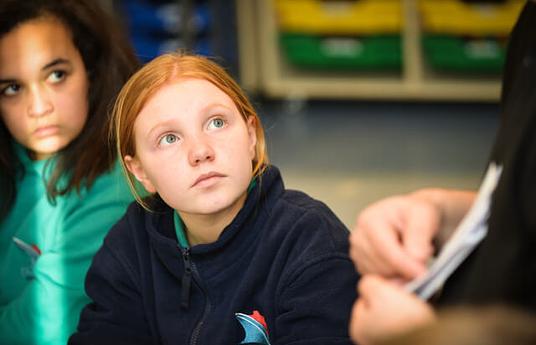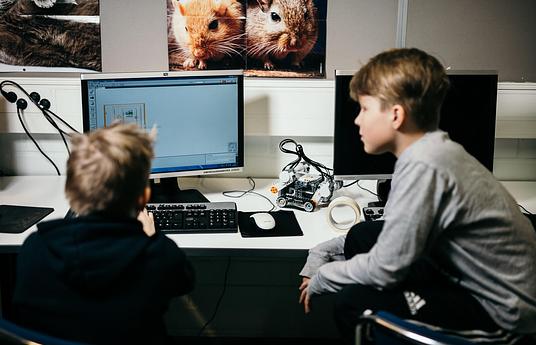"My Learning Story" was born out of a deep conviction that education should be a deeply personal and transformative journey for every learner. Witnessing the limitations of traditional methods, I saw the need for a tool that empowers learners to take ownership of their learning experiences. By capturing the nuances of their learning journey, I hope to foster a lifelong love for learning.
In the classroom, "My Learning Story" is a collaborative tool where educators and learners daily brainstorm new pages. With templates and a timeline displayed, learners progress at their pace, documenting insights and achievements. It fosters active participation, reflection, and a sense of ownership in the learning journey.
When I worked as a foreign language educator at the International School of Amsterdam for 11 years, I started developing a tool to document the process and progress of language acquisition. Learners recorded what they were able to say, write, read and understand in the new language they were learning at the beginning of the Unit of Inquiry (IB PYP/MYP) and showcase what their goals about -for example- being able to have a conversations with new friends at the playground. Other educators started to create 'My Learning Stories' too with their groups of learners.
They have been using 'My Learning Story' multiple times as valuable evidence for IB/NEASC/WASC accreditations.
At the Toddle TIES 2023 conference, I hosted a workshop about My Learning Story for educators all around the world.
You can look at my example of 'My Learning Story' to see what the structure is and how it builds up from a pre-assessment all the way to reflecting on learning and growth. You can think what kind of project/Unit of Inquiry/learning experience you are going to dive into the next coming weeks and document this as 'My Learning Story'. The steps to create one will be shared below.



